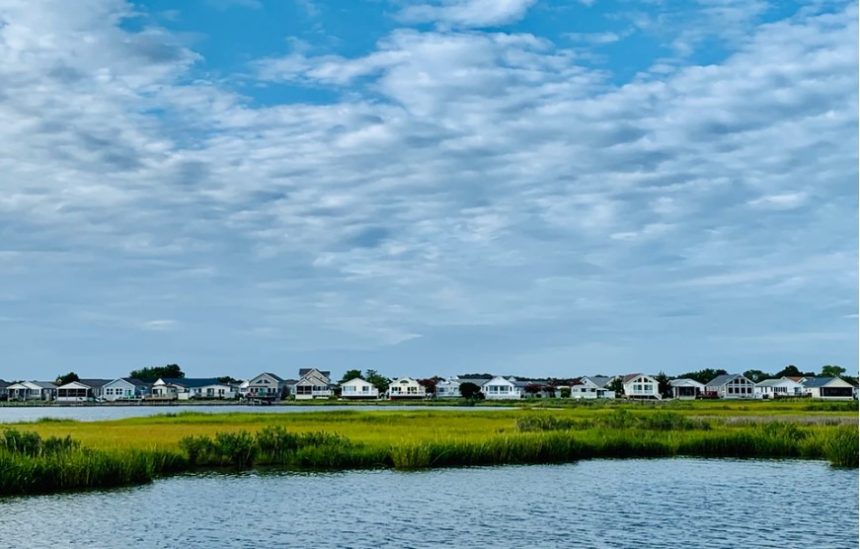Thinking of where to buy your first home? Each state has its own perks for a new homeowner. From low house prices to stable employment opportunities and low cost of living, these are all things you need to think about when choosing a state. The estimated median household income for 2021 is $79,700. However, while the average American worker takes home just over $94000 per year, there are large areas in the country where the picture is much different. The top 1 percent of the country contributes over 20 percent of the country’s annual income. In fact, the top 1 percent holds more wealth than the bottom 50 percent of the population combined. From the states with the lowest earning potential to those with the lowest cost of living, here is a closer look at the spending statistics across America.
Maryland – The Wealthiest State
This year the country’s richest state is Maryland. Tapped for its large proportion of government workers, highly educated workforce, and close proximity to Washington D.C, residents can access the amenities and lifestyle of Washington without the hefty price tag. For instance, Washington is known for its high spending on dining out. Residents also prioritize life milestones by spending heavily on their proposal jewelry and wedding days. Their tastes are not that far apart, however; the average amount spent on an engagement ring in Washington is $6,810 while in Maryland it is $5,812.
With a median household income of $84, 805, residents in the state can afford the higher living costs. However, one aspect that stands out in Maryland households’ budget is the exorbitant price of housing. The median home value in the state comes in at $339, 432 while rent for a 1 bedroom apartment hovers around $1,415. However, homeowners in Maryland also benefit from a little break as property taxes are lower than the national average.
Hawaii Remains The Most Expensive When It Comes To Spending On Household Bills
When it comes to regular monthly bills, Hawaii tops the table. Residents in Hawaii spend an average of $168.13 on energy bills every month- $50.48 more than the national average. They also fork out $10,000 annually on food, according to an analysis by SmartAsset. For many households in Hawaii, food expenses account for almost 11 percent of their annual income. In fact, Honolulu is one of the places where people spend the most on food. The high cost of living comes as no surprise. For years, Hawaii’s residents have grappled with rising costs, particularly housing. Housing accounts for 36.4 percent of a household’s budget. The only area where the state comes below the national average is their spending on transportation (13.2 percent versus 16.8 percent).
Mississippi Takes The Title For Lowest Cost Of Living
In the state of Mississippi, there are ample places to choose from for those looking for affordable housing. It is one of the key driving forces behind the state being named the cheapest for the cost of living. In Aberdeen, the median home price is $75,200. Compared to the national average of $287,147, that is almost 75 percent lower. Residents in Aberdeen are also quite comfortable when it comes to paying their bills. The average median income is $40,214.
In Saltillo, the rent to income ratio comes in at 79.6 times – one of the 15 cheapest areas to rent. However, Mississippi was ranked the best on more than just the cost of accommodation. According to the 2021 Cost Living Index, the average energy bill was $153.76. While it is not the cheapest state, it does come below Connecticut and Hawaii.
Whether you are already living in one of these states or planning to move in the coming months, it helps to know the spending statistics. The fluctuation in spending across states is all driven by 4 key variables: mortgages, rent, utilities, and loans. While house prices may be low, living costs can be higher than average. Therefore, it helps to look at all the factors before making your decision.















